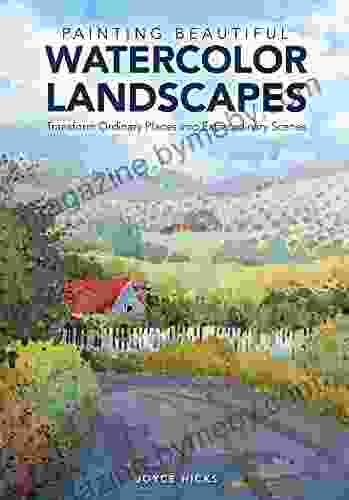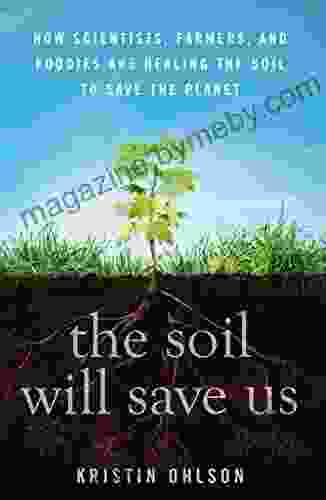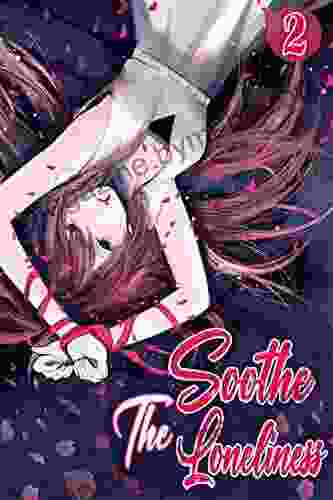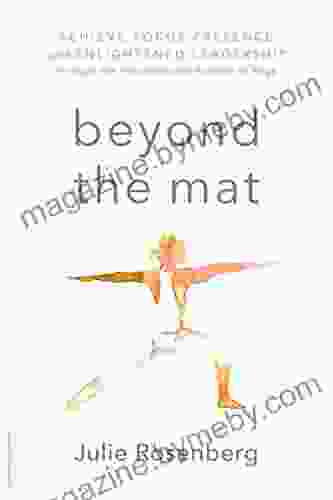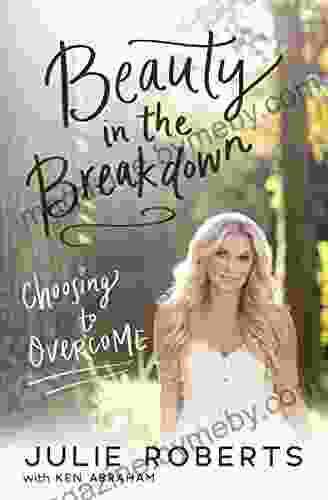Transform Ordinary Places Into Extraordinary Scenes

The Ultimate Guide to Creating Stunning Photography
Are you tired of taking ordinary photos that blend into the background? Do you dream of creating captivating images that tell stories and evoke emotions? If so, then this guide is for you.
In this comprehensive guide, you'll learn the secrets of composition, lighting, and post-processing to transform everyday locations into breathtaking works of art. You'll discover how to see the world through the eyes of a photographer and capture the extraordinary in the ordinary.
4.7 out of 5
| Language | : | English |
| File size | : | 79885 KB |
| Text-to-Speech | : | Enabled |
| Screen Reader | : | Supported |
| Enhanced typesetting | : | Enabled |
| Print length | : | 130 pages |
Chapter 1: Composition
Composition is the foundation of great photography. It's how you arrange the elements in your scene to create a visually appealing image. In this chapter, you'll learn the basic principles of composition, such as the rule of thirds, leading lines, and negative space. You'll also learn how to use these principles to create dynamic and engaging images.
Rule of Thirds
The rule of thirds is a simple but powerful composition technique. It divides your frame into thirds, both horizontally and vertically. The most important elements of your scene should be placed along these lines or at their intersections. This will create a more balanced and visually appealing image.
Leading Lines
Leading lines can draw the viewer's eye into your scene and towards your subject. They can be anything from roads and paths to rivers and fences. When using leading lines, make sure they lead to something interesting, such as your subject or a focal point in the background.
Negative Space
Negative space is the empty space around your subject. It can be used to create a sense of balance and depth in your image. Negative space can also be used to draw attention to your subject by isolating it from the background.
Chapter 2: Lighting
Lighting is another essential element of great photography. It can make or break a photo, and it can be used to create a variety of moods and atmospheres. In this chapter, you'll learn the basics of lighting, such as natural light, artificial light, and mixed light. You'll also learn how to use lighting to create dramatic effects, such as silhouettes, backlighting, and rim lighting.
Natural Light
Natural light is the best light for photography. It's soft and flattering, and it can create a variety of beautiful effects. The best times to shoot with natural light are during the golden hours, which are the first hour after sunrise and the last hour before sunset. During these times, the light is warm and diffused, and it can create stunning images.
Artificial Light
Artificial light can be used to create a variety of effects, from dramatic to subtle. It can be used to fill in shadows, create highlights, or add a splash of color to your scene. When using artificial light, be careful not to overpower your subject. You want the light to enhance your subject, not overpower it.
Mixed Light
Mixed light is a combination of natural and artificial light. It can be used to create a variety of effects, such as warm and inviting interiors or dramatic and edgy exteriors. When using mixed light, be careful to balance the two types of light so that they don't compete with each other.
Chapter 3: Post-Processing
Post-processing is the final step in the photography process. It's where you can make final adjustments to your image, such as cropping, color correction, and sharpening. Post-processing can be used to enhance your image and bring out its full potential.
Cropping
Cropping is a simple but powerful way to improve the composition of your image. It can be used to remove unwanted elements from your scene, or to emphasize your subject. When cropping, be careful not to crop too much, or you'll lose important details.
Color Correction
Color correction is used to adjust the colors in your image. It can be used to correct white balance, adjust contrast, or add a splash of color. When color correcting, be careful not to overdo it, or you'll end up with an unnatural-looking image.
Sharpening
Sharpening is used to make your image look sharper and more defined. It can be used to enhance details and bring out the texture in your subject. When sharpening, be careful not to overdo it, or you'll end up with a noisy image.
Now that you've learned the basics of composition, lighting, and post-processing, you're ready to start creating stunning photography. Remember, the best way to improve your photography is to practice. So get out there and start shooting! With a little practice, you'll be able to transform ordinary places into extraordinary scenes.
Free Download your copy of Transform Ordinary Places Into Extraordinary Scenes today!
4.7 out of 5
| Language | : | English |
| File size | : | 79885 KB |
| Text-to-Speech | : | Enabled |
| Screen Reader | : | Supported |
| Enhanced typesetting | : | Enabled |
| Print length | : | 130 pages |
Do you want to contribute by writing guest posts on this blog?
Please contact us and send us a resume of previous articles that you have written.
 Book
Book Novel
Novel Page
Page Chapter
Chapter Text
Text Story
Story Genre
Genre Reader
Reader Library
Library Paperback
Paperback E-book
E-book Magazine
Magazine Newspaper
Newspaper Paragraph
Paragraph Sentence
Sentence Bookmark
Bookmark Shelf
Shelf Glossary
Glossary Bibliography
Bibliography Foreword
Foreword Preface
Preface Synopsis
Synopsis Annotation
Annotation Footnote
Footnote Manuscript
Manuscript Scroll
Scroll Codex
Codex Tome
Tome Bestseller
Bestseller Classics
Classics Library card
Library card Narrative
Narrative Biography
Biography Autobiography
Autobiography Memoir
Memoir Reference
Reference Encyclopedia
Encyclopedia Richard Rodriguez
Richard Rodriguez Lindsey Fitzharris
Lindsey Fitzharris Steve Doocy
Steve Doocy M C Beaton
M C Beaton John Wiley Spiers
John Wiley Spiers Jonathan Reisman
Jonathan Reisman Sherwin B Nuland
Sherwin B Nuland John Woodward
John Woodward Maud J Mclean
Maud J Mclean Joseph B Treaster
Joseph B Treaster Maggie Glisson
Maggie Glisson Sheila Mackechnie Murtha
Sheila Mackechnie Murtha John Taylor Gatto
John Taylor Gatto Julie Riga
Julie Riga Sarah Jakes Roberts
Sarah Jakes Roberts Todd Miller
Todd Miller Linda Henderson
Linda Henderson John Seddon
John Seddon Lucy Rees
Lucy Rees Robert C Wood
Robert C Wood
Light bulbAdvertise smarter! Our strategic ad space ensures maximum exposure. Reserve your spot today!
 Abe MitchellFollow ·14.4k
Abe MitchellFollow ·14.4k Herman MelvilleFollow ·4.1k
Herman MelvilleFollow ·4.1k Derek BellFollow ·8.3k
Derek BellFollow ·8.3k Samuel WardFollow ·15.2k
Samuel WardFollow ·15.2k Lee SimmonsFollow ·16.9k
Lee SimmonsFollow ·16.9k Brayden ReedFollow ·19k
Brayden ReedFollow ·19k Henry GreenFollow ·3.6k
Henry GreenFollow ·3.6k Austin FordFollow ·2.8k
Austin FordFollow ·2.8k
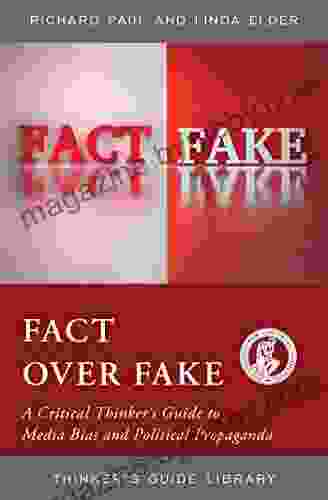
 Efrain Powell
Efrain PowellCritical Thinker's Guide to Media Bias and Political...
In a world awash with information, it has...

 Aubrey Blair
Aubrey BlairMurder Is Bad Manners: An Unforgettable English Mystery
Prepare yourself for a captivating literary...

 Luke Blair
Luke BlairDon't Settle For Safe: Embrace Adventure and Live a Life...
<p>In this inspiring and...

 W.H. Auden
W.H. AudenRoblox Codes Dragon Adventures King Legacy All Combat...
Roblox is a massively popular online game...
4.7 out of 5
| Language | : | English |
| File size | : | 79885 KB |
| Text-to-Speech | : | Enabled |
| Screen Reader | : | Supported |
| Enhanced typesetting | : | Enabled |
| Print length | : | 130 pages |


